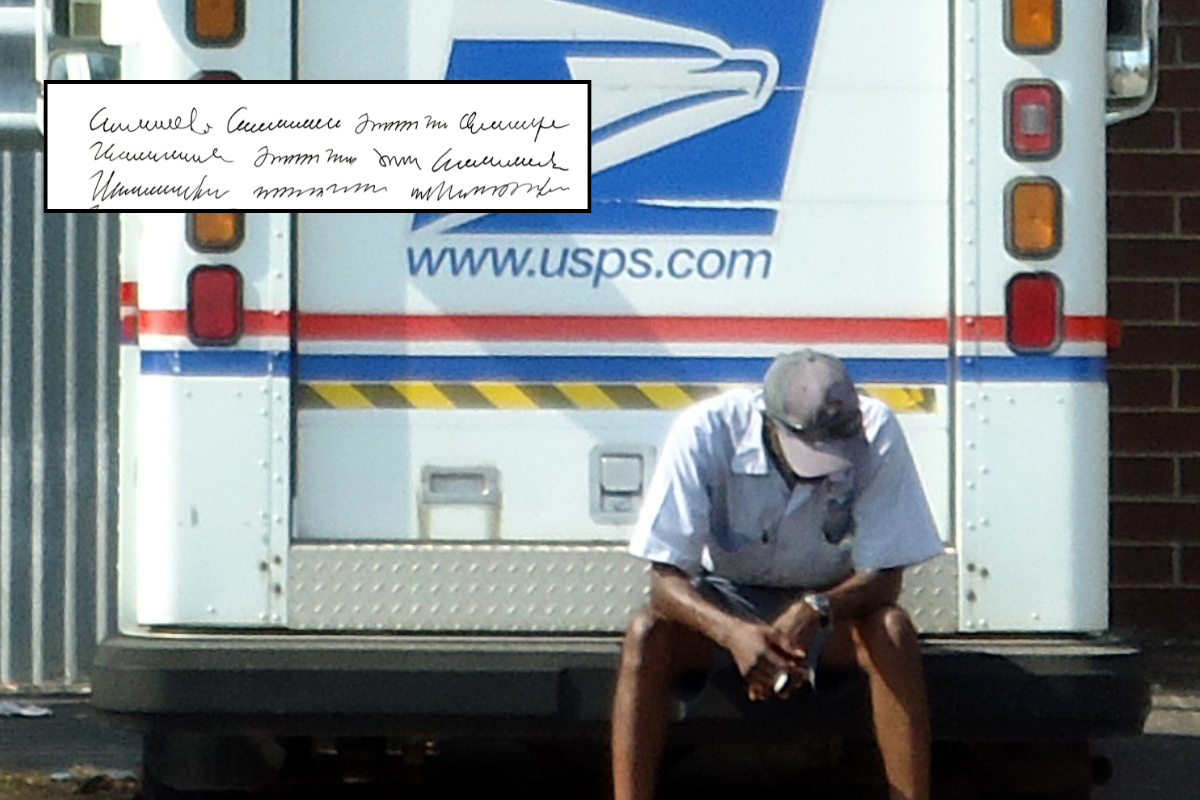Before she died, Elaine Harmon wrote a letter that she left in a fireproof lockbox for safe keeping.
It was found by her family shortly after her death. Handwritten on cream-colored stationary, it contained one simple request. A dying wish.
The letter left by Elaine Harmon. Photo via CBS Evening News/YouTube.
"I would like to be buried in Arlington Cemetery,” it said. “Even if there are no ashes left, I would like an empty urn placed at Arlington.”
She knew, more than most people, how hard that would be to accomplish.
Harmon first learned to fly in 1940 during college at the University of Maryland.
Her mother, Margaret, was always against it, describing the activity as "unladylike." But her father was supportive and happily signed the initial permission slip necessary for Elaine to begin flight school.
Elaine D. Harmon.
In 1942, with World War II in full force, Army general Henry "Hap" Arnold formed the Women's Airforce Service Pilots (WASPs) after a suggestion by first lady Eleanor Roosevelt.
The idea was to give female pilots, many of whom had more flight experience than male pilots, a chance to help the war effort. Female pilots from all over the country started racking up flight hours in preparation, eager for the opportunity.
WASPs in 1944. Photo via Defense Video Image Distribution System.
25,000 women applied, and only 1,830 were accepted. Elaine Harmon was one of them.
After joining the WASPs, Harmon was stationed in Las Vegas, where she delivered planes and trained new pilots.
She and her fellow WASPs were as essential to the World War II effort as any male soldier. By providing training and support, they helped lead the Allies to victory.
Over time, though, their accomplishments would be slowly forgotten.
38 WASPs died during WWII. None of them received military benefits, and none were buried with any traditional military honors. In December 1940, the WASPs were disbanded without veteran status and with little thanks from their government. Even their families were banned from flying Gold Star flags, signifying a military death in the family.
Photo via U.S. Air Force.
After the war, Harmon returned to her home in Silver Spring, Maryland.
Records of the WASP program remained classified by the U.S. government for 35 years.
In the 1970s, the Defense Department announced that it would officially allow women to fly military aircraft on behalf of the United States. Many media outlets reported that this was happening for the first time in history, utterly ignoring the WASP program from 30 years earlier.
Photo by Hudson/Topical Press Agency/Getty Images.
Shocked, Harmon and former WASPs from all over the country mobilized and began speaking and campaigning to Congress, arguing that now was the time to recognize the WASPs as veterans who served the U.S. military.
President Carter agreed and signed a law in 1977 granting the women of the WASP program full veteran status.
Decades after WWII, Elaine Harmon was officially a veteran. However, there was one thing left.
Photo by Pablo Martinez Monsivais/AP Images.
Despite full recognition, the U.S. Army maintained that it could not legally allow WASPs to be buried at Arlington National Cemetery in Virginia. That remained true until 2002, and when the first WASP funeral was held at Arlington, Harmon was in attendance.
Arlington is the most famous military cemetery in the country, and is the resting place of over 300,000 veterans. Being buried there is an honor for the deceased and their families — a recognition that you are one of the heroes who died fighting for your country.
On Sept. 7, 2016, Elaine Harmon was laid to rest at Arlington National Cemetery.
Terry Harmon (right), Elaine's daughter. Photo by Tom Williams via AP Images.
Surviving WASPs from around the country flew in to attend the funeral and speak. “Finally, we’re over the last fight," said Florence Reynolds, a fellow pilot and friend. “I wanted to be here to make sure they didn’t fuss it up.”
Volunteers flew World War II-era warplanes overhead, and Lt. Col. Christine Blice-Baum read from a poem called “Celestial Flight,” written by a fellow WASP.
"She is not dead," read Blice-Baum. "You should have known ... that she is only flying higher, higher than she's ever flown."
Photo by Pablo Martinez Monsivais/AP Images.
Being buried at Arlington National Cemetery caps off Elaine Harmon's significant and historic military career — and at long last, honors her dying wish.
- WWII vet meets the girl who wrote him his favorite letter - Upworthy ›
- World War II veterans reunited after 78 years - Upworthy ›
- A 92-year-old World War II fighter pilot flies her plane for the first time in 70 years. - Upworthy ›
- French woman reunites with the American boyfriend she hasn't seen in the 75 years since they fell in love during WWII. - Upworthy ›



 TikTok · Ale
TikTok · Ale
 Autumn created this piece when she was just 5 years old.Autumn de Forest
Autumn created this piece when she was just 5 years old.Autumn de Forest  Autumn de Forest paints Autumn de Forest
Autumn de Forest paints Autumn de Forest  An Autumn de Forest paintingAutumn de Forest
An Autumn de Forest paintingAutumn de Forest 
 Autumn de Forest stands with the Pope who looks at one of her paintings Autumn de Forest
Autumn de Forest stands with the Pope who looks at one of her paintings Autumn de Forest 

 Kittens are the cutest.
Kittens are the cutest.  Grrrr, wook at his widdle paws and his widdle whiskers.
Grrrr, wook at his widdle paws and his widdle whiskers. 
 Bluebells at the Brooklyn Botanical Gardens.
Bluebells at the Brooklyn Botanical Gardens. 